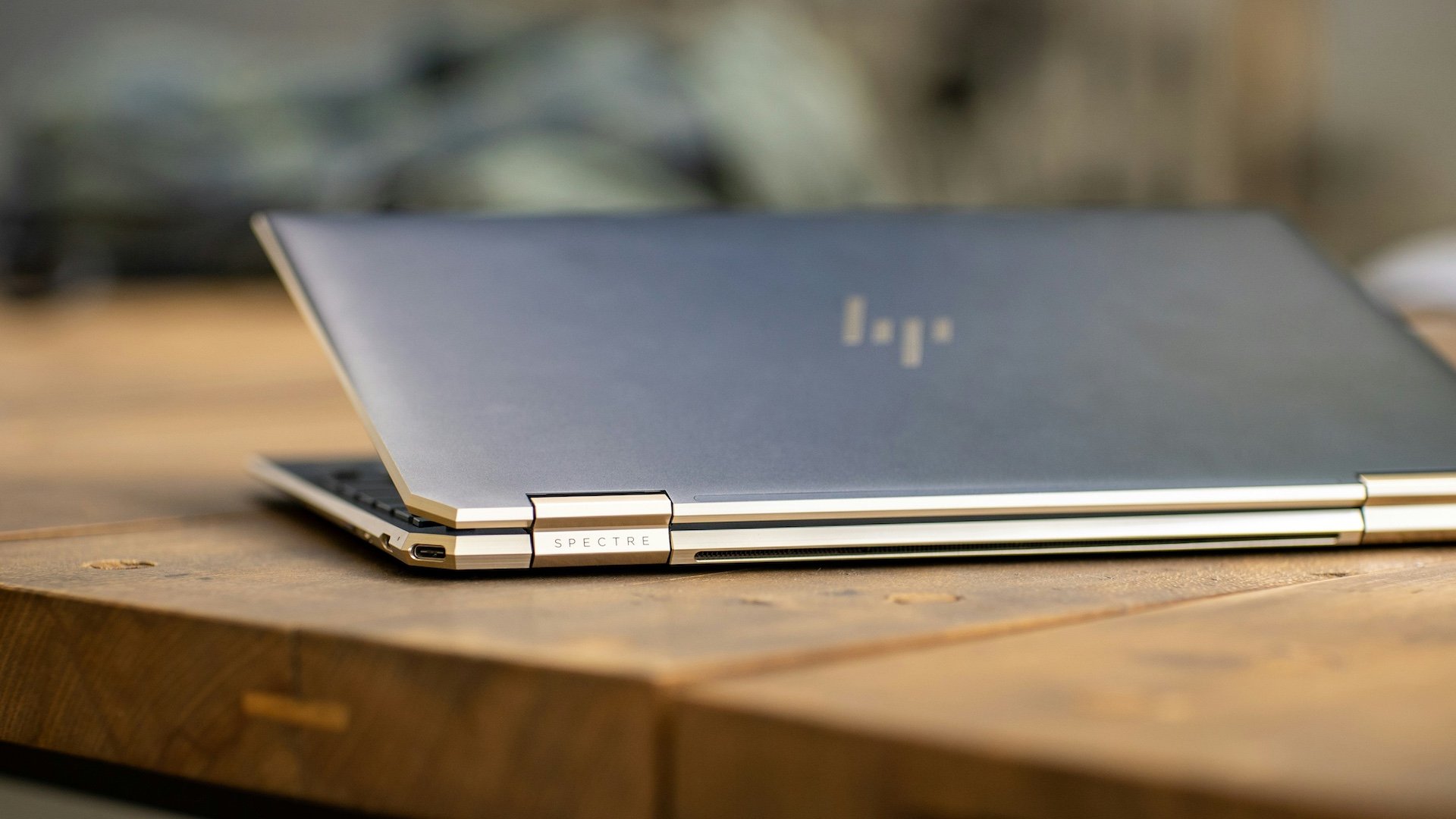You've probably thought about it: "I need to sell my valuables." Maybe you're looking to declutter, maybe you're facing a financial crunch, or maybe you've inherited some items and aren't sure what to do with them. Whatever the reason, figuring out how to get the best price for your valuable possessions can feel overwhelming.
But it doesn’t have to be an overwhelming treasure hunt in the attic. Selling your valuables is simpler than you think if you know where to look and what steps to take. From cherished family heirlooms to electronics gathering dust, there are smart strategies to help you sell your valuables with confidence and turn those forgotten treasures into cash. This post is all about demystifying the process. We’ll walk you through it.
Why Sell Your Valuables?
The first question to ask is WHY sell your valuables? This will inform the entire process. If you’re after a quick sale for cash flow, you might choose a different approach than if you are looking for top dollar.
Common Reasons to Sell Your Valuables:
- Financial need.
- Downsizing or decluttering.
- Inherited items you don’t want.
- Changing lifestyle or interests.
Where to Sell Your Valuables
Now comes the question of WHERE to sell my valuables. There are countless options, each with pros and cons. Deciding on the right platform depends on the type of valuables you’re selling and what you hope to achieve.
Online Marketplaces
If you're comfortable with online selling and want to reach a wide audience, online marketplaces like EBay , Facebook Marketplace, and Craigslist can be excellent options. EBay, for instance, has 15 distinct categories, making it ideal if you’ve got a wide variety of stuff to unload.
Just keep in mind that they often charge fees (like listing fees, final value fees, and other possible fees depending on how much you're selling), so it's vital to research the terms before you list your items. Remember to factor these fees into your asking price.
Specialty Platforms
This works great if you have something very specific to sell. For gently used clothing, consider sites like Poshmark and thredUP. If you are more focused on tech gadgets, then DeCluttr might be a good choice.
And for that one-of-a-kind vintage find or handmade piece, check out Etsy. They specialize in the unusual.
Local Options
Nothing beats a face-to-face sale. Pawn shops are a tried-and-true choice for fast cash (although expect lower offers). Consignment shops provide the expertise to price and display your more valuable pieces, albeit at a commission when they sell.
Know What You Have Before You Sell Your Valuables
Before diving into selling, take the time to thoroughly research your valuables. This involves determining their authenticity, condition, and current market value.
Tips to Prepare:
- Clean and polish your items.
- Research any markings or identification stamps.
- If needed, have valuable items professionally appraised (especially for jewelry and antiques).
Doing this background research ensures you can answer buyer questions confidently and are armed with accurate knowledge to negotiate fair prices. For those with lots of gently used clothes and a desire to streamline the process, thredUp is an interesting alternative.
It functions much like a concierge service. Simply pack your items, they’ll handle photos, pricing, and descriptions. You can cash out or opt for store credit, plus there’s the option for donation if your items don’t get chosen for resale. ThredUp will give $5 to a charity on your behalf. In 2019, they made charitable donations totaling $150,000.
In contrast, eBay allows you to set prices or use auctions, and gives sellers detailed information about market trends. With eBay, knowledge really is power.
Maximizing Profit: Set Fair Prices
No matter which method you choose to sell your valuables, setting a competitive yet reasonable price will draw more buyers and ultimately put more money in your pocket. This is a tricky balance. While you want to maximize profit, you also don’t want to price your items so high that they sit around for months, negating the benefits of cleaning out in the first place.
Here's where some research really comes in handy. Use platforms like eBay or other relevant resources to understand how comparable items are priced, keeping in mind condition and rarity, if applicable. Don’t forget that shipping fees, especially for heavy items, can eat into your profits when selling online. It’s always a good idea to add a slight buffer for potential price negotiations with interested buyers.
One online selling option with an easy, transparent fee structure is Amazon. Their selling fees can vary, and the current range is generally 8% to 20%. Having a sense of this upfront will aid in figuring out what profit to expect.
Final Thoughts: Know Your Stuff.
Selling valuables successfully is a process that blends preparation with the right platform and pricing strategies. It’s worth doing the legwork - learning the basics of online marketplaces and fees (like Amazon’s range of 8% to 20%) can simplify the entire experience.
Research comparable pricing and the backstory behind your own items - knowledge and authenticity are huge assets to help you confidently handle questions. Understanding market trends (platforms like eBay and Facebook make this easy.), the true value of your items, and factoring in shipping fees and commissions all combine to empower you in your journey of selling valuables. And ultimately, turn those family heirlooms, old gadgets, or gently-used items into real profit.
Conclusion
No matter if you are clearing clutter or seeking to boost your bank balance, the need to sell my valuables is common. As we’ve seen, choosing the best method really hinges on what those items are and how involved you want to be in the process. From straightforward marketplaces to curated platforms, from virtual selling to brick-and-mortar transactions - the opportunities to successfully turn valuables into profit are boundless.







